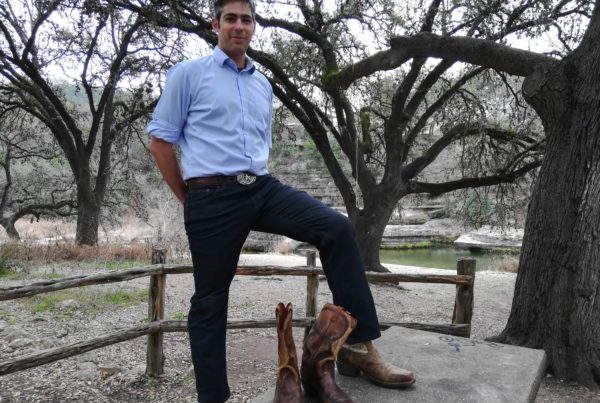Even before the latest stimulus bill was approved, the national budget deficit had already widened to a worrying level. The U.S. government almost always spends more than it takes in, and forecasters are predicting this year’s to be the second largest deficit since World War II. In addition, the national debt is over $28 trillion.
So does it make sense to be spending this much right now? Professor John Diamond says, in short, it’s complicated. Diamond is a Kelly Fellow in public finance and the director of the Baker Institute for Public Policy at Rice University in Houston. He says this has been a long-running debate for about 70 years.
“It’s a little more complex than just spending more,” Diamond told Texas Standard. “It has to do with how often do you spend more, and do you ever pay back that ‘more’ over some other periods?”
In other words, Diamond said, “when things are good, are we paying down the debt, and when things are bad, are we increasing the debt? Or is it just a constant increasing?”
Trillions have been spent trying to prevent the economy from diving deeper into recession. Is that a sound strategy?
“At the beginning of the pandemic … all of the emergency measures definitely made sense,” Diamond said. “We didn’t really know what it was going to look like a year forward. The economy was, for the most part, shut down, and people were told to stay at home; businesses were closed and employees were not working. So at that point in time, the federal government really had no choice but to respond and to respond aggressively, and they did. And that was the right thing to do, almost without question”
But Diamond argues it is more difficult to justify the second stimulus bill in December, and the most recent $1.9 trillion package passed during the Biden administration, since the economy has started to recover.
“The gap and output between what we’re producing and what we’re capable of producing when we’re fully employed is actually fairly small,” he said. “And the stimulus that we’ve kicked into the system is really, really large. The current stimulus checks are much more difficult to justify fully, as opposed to what we did back in February, March and in April of last year.”
Does it makes sense, now, for the United States to borrow more money, given its existing debt?
“It depends on what you’re spending the money on,” Diamond said. “If you’re borrowing to fund infrastructure and that infrastructure has got to be around for 30 to 50 years, then I think it absolutely makes sense to borrow for that because it’s going to benefit generations for a long time to come. … It also makes sense to borrow because the interest rates are relatively low. So if you can borrow cheap and fund infrastructure that’ll be around for a very long time that’s a good investment at a low price.”
But Diamond says the federal government must keep in mind how and when it will pay back that debt, and which generation will have to shoulder that burden.















